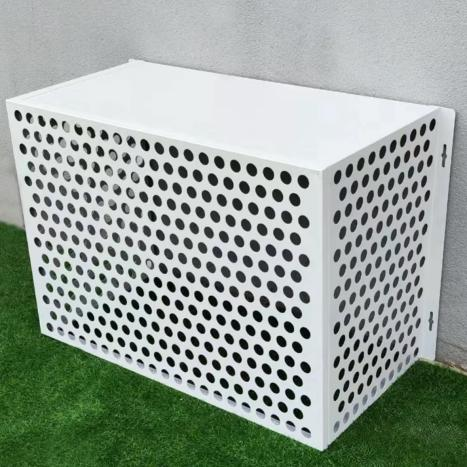

Global Industrial and Construction Noise Control Standards Intensify, Driving Technological Upheaval in Ventilation Silencing Panel Industry

China’s "14th Five-Year Plan for Noise Pollution Prevention and Control Action Plan" mandates that industrial noise emission compliance rates must surpass 95% by 2025, compelling sectors such as manufacturing and data centers to accelerate upgrades of silencing equipment. Meanwhile, in European and U.S. markets, Environmental Product Declaration (EPD) certifications are tightening restrictions on material carbon footprints, driving companies to adopt sustainable alternatives like recyclable metals and bio-based acoustic cotton.

Industry Outlook:
"Over the next three years, ventilation silencing equipment will undergo a profound shift toward lightweight and intelligent solutions. Enterprises must move beyond singular noise reduction functions by integrating IoT monitoring, digital twin technologies, and other innovations to build full lifecycle management solutions," stated Dr. Emily Carter, a board member of the International Acoustics Council (IAC).
This dual pressure of regulatory rigor and green transformation is reshaping the industry landscape, positioning companies that prioritize smart, sustainable, and adaptive technologies as leaders in the race to redefine global noise control standards.

_bheVqz.png)








_eopC1i.png)
_p2LcTy.png)